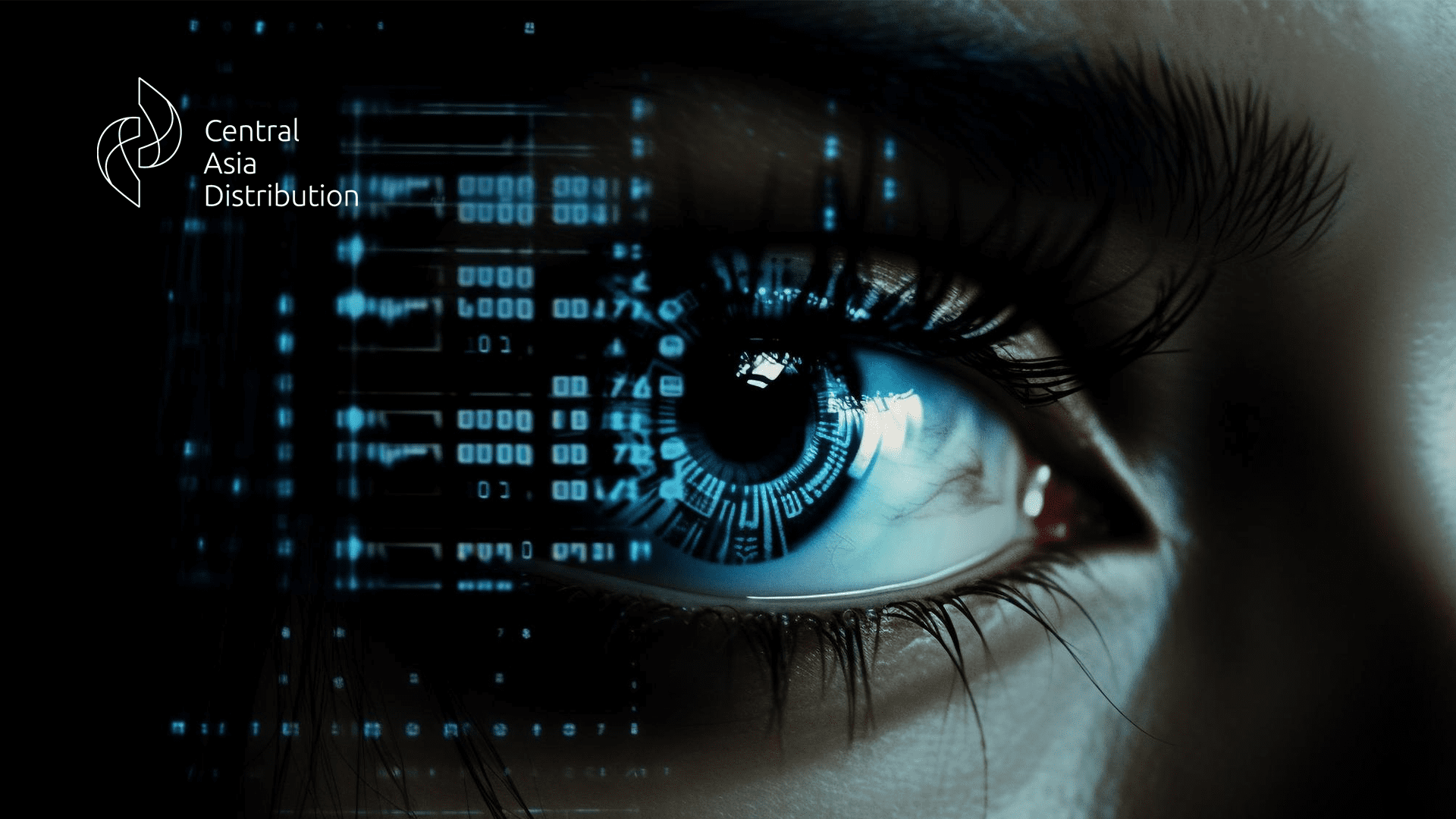Cisco XDR Solution

From detection and response to recovery from AI-powered cyberattacks
In today's world, cybercriminals have many opportunities to carry out their unscrupulous activities. But the Cisco company is struggling with this problem and today can guarantee that a huge number of companies, both small and large, are able to protect themselves at a high level.
To fight back, Cisco offers an Advanced Detection and Response (XDR) solution, an important part of the overall defense process. By leveraging unparalleled research and telemetry from trusted and trusted sources (Cisco Talos Incident Response Team), and seamlessly integrating with other security tools, the solution provides uncompromising visibility and capabilities.
What do you get? Something you can use to protect yourself from cyber attacks without the hassle of deploying and managing. At the same time, the results are as effective as possible when compared with previous capabilities.
To find out more about Cisco XDR, we decided to go directly to Nick Biasini, who is the head of public relations for Cisco Talos, right after he spoke at Black Hat in Las Vegas.
Nick Biasini was asked several questions, the first of which was to clarify his perspective on what security teams might face in 2023.
As the specialist explained, most companies are fighting ransomware. Such programs try to extract data and funds. But this is from the point of view of large ransomware. Lately, small cyber fraudsters have become more active, attacking small companies and demanding ransoms slightly less than their large-scale colleagues.
The next pain point is gaining access. It is important for fraudsters to gain legal access to target networks, and they do this using various tricks. According to recent data analysis, attackers are paying special attention to network devices that are subject to attacks at the edge (for example, routers, firewalls, VPN devices, etc.).
Thanks to AI, there is some added sophistication on the cyber fraudsters' side. What does this mean for human rights defenders? Artificial intelligence is more helpful in answering questions. There is no need for complicated questions. There may be many simple ones, but tedious and monotonous. Therefore, AI can help complete this task much faster. Instead of using complex queries, you can ask more questions in natural language. Instead of running a very complex SQL query through a huge data stack, it will show five unique identifiers hidden inside.
In other words, AI sifts through the complexity of the data and finds anomalies? The specialist answered this question as follows: “Yes, AI is not the holy grail to solve all your problems. But it will definitely help you work more efficiently than you would otherwise.”
Next, Nick Biasini talked about the AI solution released earlier this year.
He noted one of the most important features of XDR. This is the ability to manage threats across disparate locations and systems running different stacks. That's why Cisco is working on cross-platform collaboration, for example by working with competitors to make sure their security tools can help realize the vision and help protect customers without being tied to where their data originates.
Cisco's mission is to reduce the levels of complexity that plague network and security teams. It can be seen that XDR shows good results.
Cisco is trying to solve precisely the complex problems that various companies and firms have to face. You can have 12 different technologies interacting in 10 different ways. However, only 6 of them will be compatible. So the main task is to make all these technologies “friends” with each other. With XDR, you can gain insight into everyone overnight.
Talos is one of the main intelligence sources running on XDR. The goal is to understand opponents of different calibers, how to use tactics, methods and procedures, and how to display them accordingly. Much of these comparisons come from the research and work being done by Talos on growth analysis, analysis of cyber fraudsters, group behavior and the types of techniques used in cyber attacks.
Cisco XDR has recently expanded its functionality from detection and response to disaster recovery. This makes it easier to detect ransomware. However, what this solution provides for firms is an automated checklist and the ability to recover from an attack. What you end up with is a simplified way to fix everything.
Cisco is committed to providing world-class security and making this solution accessible to many firms and companies. Since Cisco is helping to spread this solution, most companies now have the opportunity to use the full functionality of automated response. Previously, only large companies and well-funded organizations had this privilege.
As the expert puts it: “When we raise the security poverty line, as we call it at Cisco, everyone wins.”
It is worth considering that many large companies own small businesses as suppliers, partners or clients. And there is a huge possibility that a compromise between them can lead to a compromise among others. Therefore, by raising the poverty line in the security sector, Cisco is trying to minimize the risks of cyber attacks.
Cyber fraudsters will always try to hack, steal, and harm. However, Cisco constantly introduces innovations, leaving no chance for them.
Nick Biasini concluded: “The most exciting thing about my job is that at Cisco you get to influence change on a very broad scale every day, influencing policy and influencing the way organizations think about threats, not just in our organization , but also in all organizations. This is a huge and wonderful task that faces us all, and